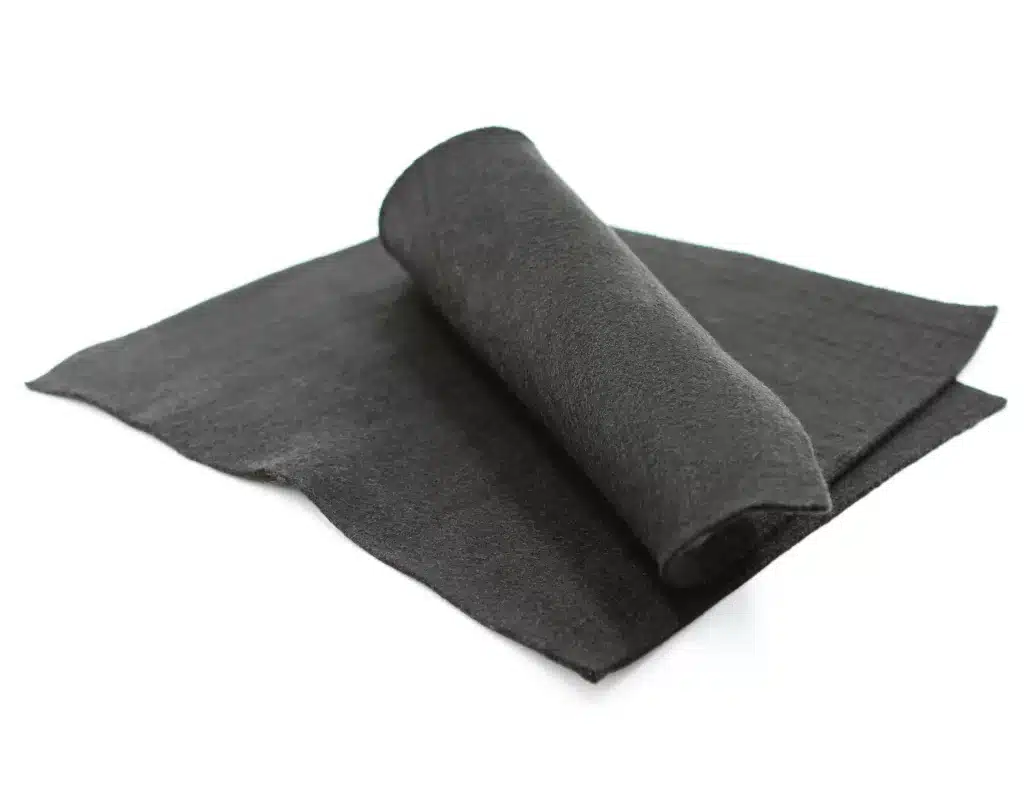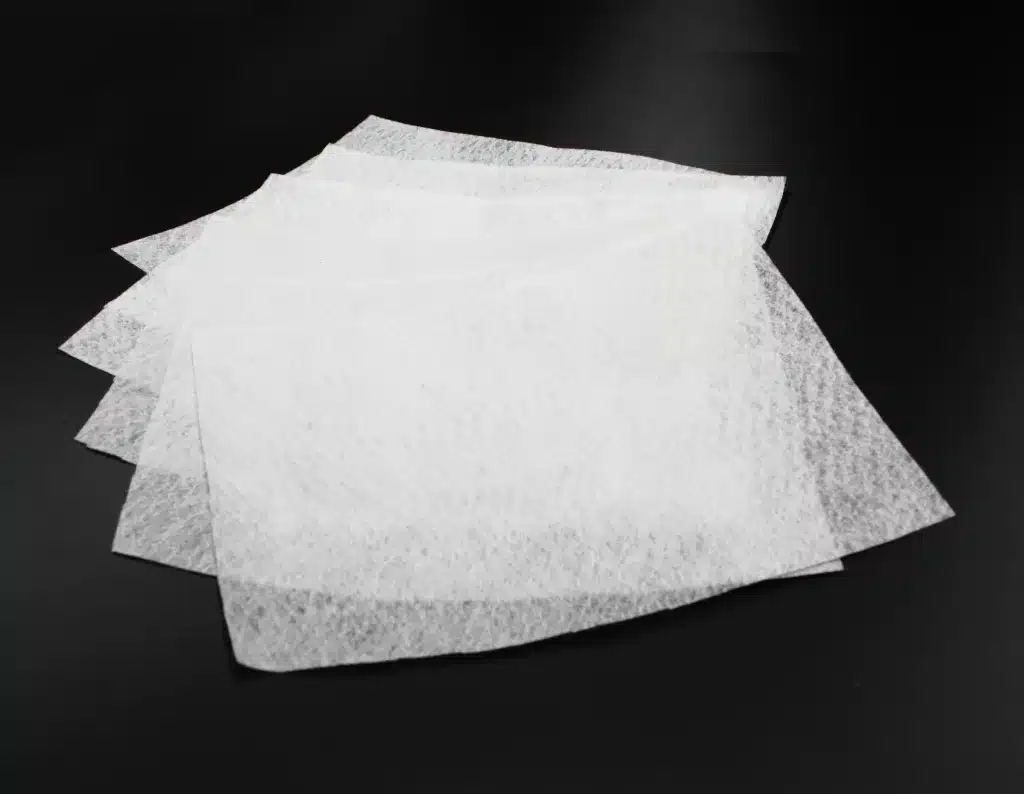+86-159 9860 6917
info@geofantex.com
geofantex@gmail.com
+86-400-8266163-44899
Soil retention fabric geotextiles are an essential tool in modern environmental engineering, particularly in areas prone to soil erosion and instability. These synthetic materials serve as barriers that protect the soil while promoting its strength and stability. Often used in construction projects, landscaping, and agriculture, geotextiles help manage water flow, reduce erosion, and improve soil structure. This article explores how these innovative materials work, their types, and why they are crucial in soil management.
What is geotextile fabric for soil?
Geotextile fabric for soil is a synthetic material made from polymer fibers such as polyester, polypropylene, or polyethylene. These fabrics are engineered to interact with soil in various construction and environmental applications, serving as versatile solutions for a wide range of soil-related challenges. The fabric types come in woven, nonwoven, and knitted forms, each tailored to offer specific properties that are best suited for different applications.
These fabrics are primarily used for filtration, separation, drainage, and reinforcement in various soil-related projects. They are often placed between the aggregate and the subgrade to stabilize the soil, preserve the aggregate, and reinforce the surrounding soil, ensuring that the overall structure remains intact and functional over time. Whether in road construction, land reclamation, or agricultural projects, geotextiles provide critical support for the stability and longevity of the land or infrastructure.

How does geotextile prevent soil erosion?
Geotextiles are synthetic materials designed to protect the soil from erosion, typically in areas with high water flow or exposed terrain. By placing the fabric over exposed soil, geotextiles create a barrier that not only prevents soil particles from being washed away but also facilitates the filtration of water. Their unique structure allows water to pass through, reducing the pressure on the soil while keeping it intact.
Mechanisms of Action: The primary function of geotextiles is to stabilize the soil by holding it in place. When water flows over a surface, it often has the potential to displace loose soil particles, leading to erosion. Geotextiles reduce the force of this water flow, preventing the displacement of soil. Additionally, the fabric serves as a protective cover, enhancing root growth in the vegetation planted above it. The root systems help further bind the soil together, creating a more resilient ecosystem.
Applications: Geotextiles are particularly effective in areas prone to erosion, such as slopes, riverbanks, and other high-risk environments. By placing the fabric over exposed soil in these locations, the soil’s stability is significantly improved. This makes geotextiles invaluable for preventing erosion in landscapes where natural barriers might not suffice. For example, on steep slopes, geotextiles provide the necessary reinforcement for vegetation to thrive, ensuring that roots can establish themselves without being undermined by water runoff. On riverbanks, they help to mitigate the erosive effects of currents, protecting the land from gradual deterioration.
Concluding Remarks: The use of geotextiles is an essential tool in modern erosion control. By placing the fabric over exposed soil, they not only protect the surface from erosion but also foster conditions that support plant growth, reinforcing the soil structure. Whether used on slopes or riverbanks, their role in stabilizing and protecting vulnerable areas makes them a key component in sustainable land management and environmental conservation.
Which type of geotextile is preferred in soil stabilization?
The choice of geotextile for soil stabilization depends on the specific conditions of the site. Nonwoven geotextiles are commonly used in soil stabilization due to their ability to provide excellent filtration, drainage, and soil separation. These geotextiles are particularly effective at preventing the mixing of materials, thus improving soil stability. On the other hand, woven geotextiles, which offer greater strength, are typically preferred for heavier applications, such as road construction or large-scale civil engineering projects, where added durability and structural integrity are required.
Can water pass through geotextile fabric?
Yes, geotextile fabric is designed to allow water to pass through it, depending on the type. Nonwoven geotextiles, for example, provide good drainage properties, facilitating water flow while preventing soil particles from moving with it. Filtration is another key function of geotextiles, allowing water to pass through the covered layer while blocking fine particles and soil. Woven geotextiles, on the other hand, allow water to flow through the fabric in a controlled manner while maintaining soil integrity. This permeability is crucial in erosion control, as it helps manage water runoff while keeping the soil intact.
Soil retention fabric geotextiles play a pivotal role in erosion control, soil stabilization, and land management. By providing drainage, filtration, and reinforcement, these materials prevent soil degradation and promote sustainable environmental practices. Whether in agricultural, construction, or landscaping projects, geotextiles are a reliable solution for maintaining soil health and preventing erosion. Their versatility and ability to enhance soil stability make them an indispensable tool in modern engineering.



Get Free Sample
We’ll respond as soon as possible(within 12 hours)






















